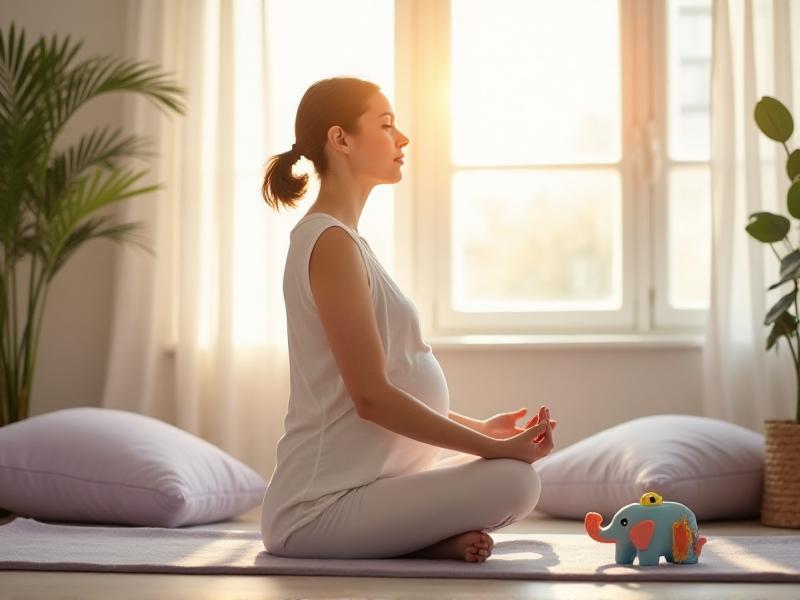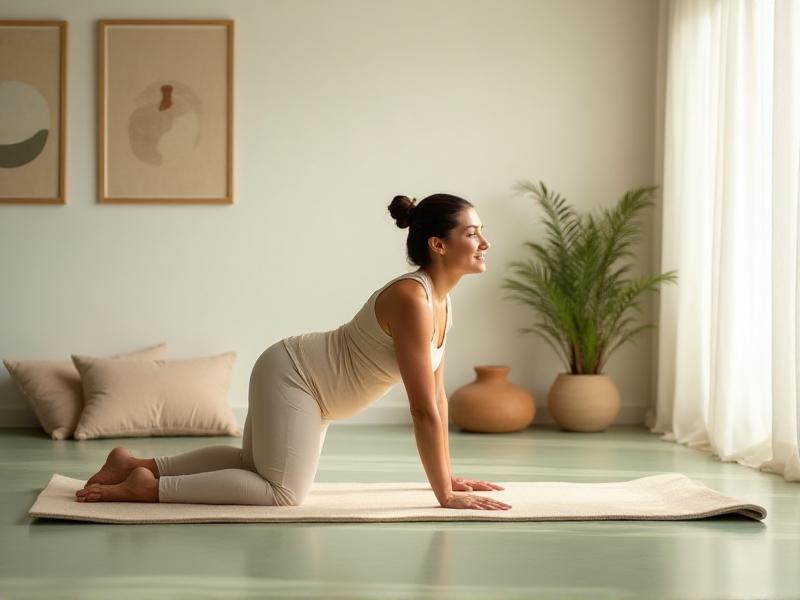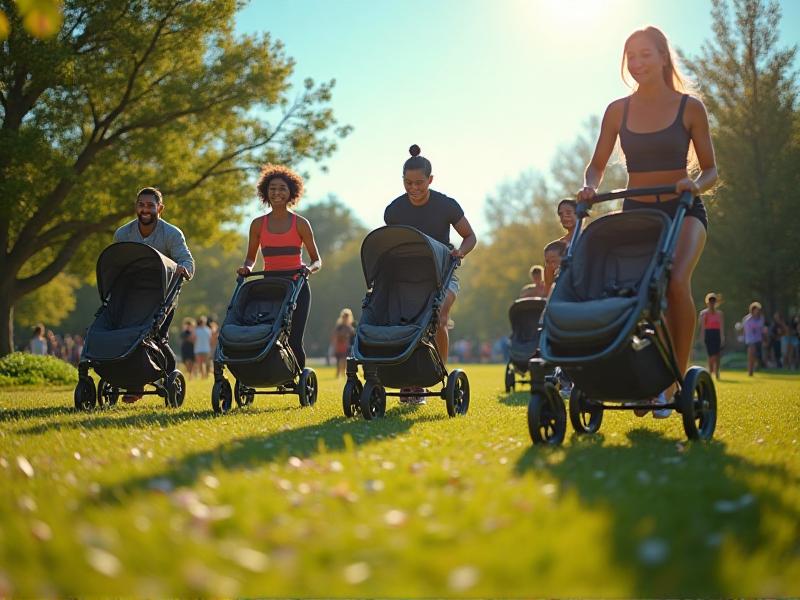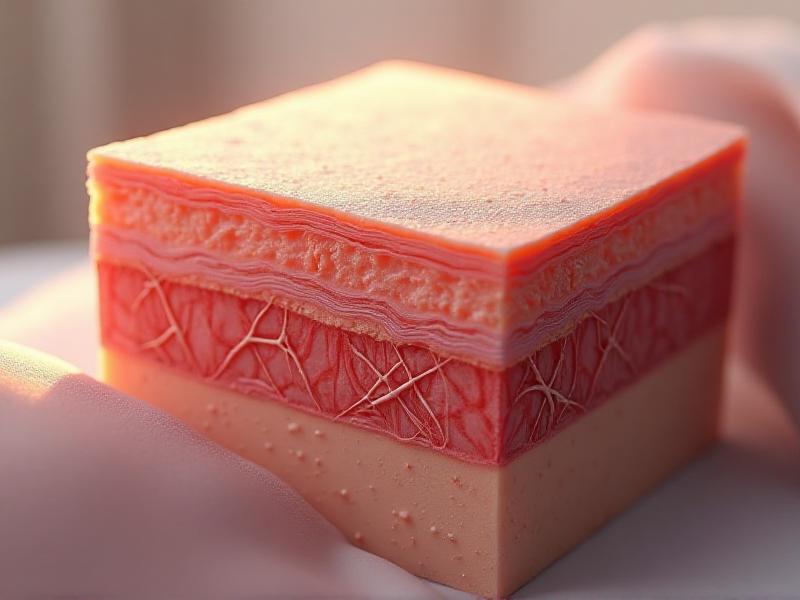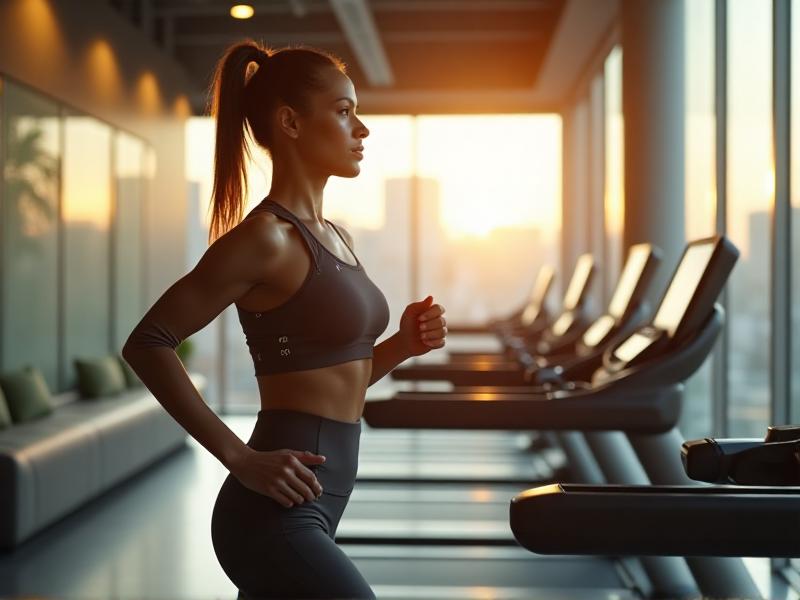Postpartum Cycling: Saddle Pressure Solutions
Understanding Postpartum Cycling Challenges
Returning to cycling after childbirth can be both exciting and daunting. New mothers often face unique challenges, particularly when it comes to saddle pressure. The postpartum body undergoes significant changes, including shifts in pelvic alignment, muscle tone, and overall comfort. These changes can make traditional cycling saddles uncomfortable or even painful. Understanding these challenges is the first step toward finding solutions that allow new moms to enjoy cycling safely and comfortably.
One of the primary concerns is the increased pressure on the perineal area, which can be exacerbated by hormonal changes and the physical toll of childbirth. Additionally, weakened pelvic floor muscles may make it harder to maintain proper posture on the bike, leading to further discomfort. Addressing these issues requires a combination of the right equipment, proper bike fit, and gradual conditioning to rebuild strength and endurance.
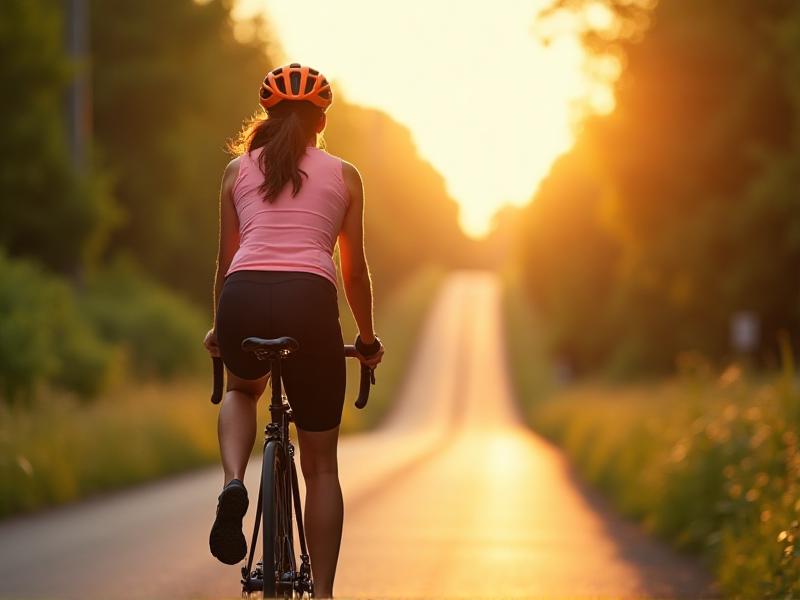
Choosing the Right Saddle for Postpartum Comfort
Selecting the right saddle is crucial for postpartum cyclists. A saddle that works well for one person may not be suitable for another, especially after childbirth. Look for saddles designed with women’s anatomy in mind, featuring a wider and shorter shape to accommodate the pelvic structure. Cutout or groove designs can help reduce pressure on sensitive areas, while padded options provide additional comfort.
It’s also important to consider the material and flexibility of the saddle. Gel or memory foam saddles can offer extra cushioning, while lightweight and durable materials ensure longevity. Testing different saddles and consulting with a bike fitting specialist can help you find the perfect match for your body and cycling style. Remember, comfort is key, and investing in a high-quality saddle can make all the difference in your postpartum cycling experience.
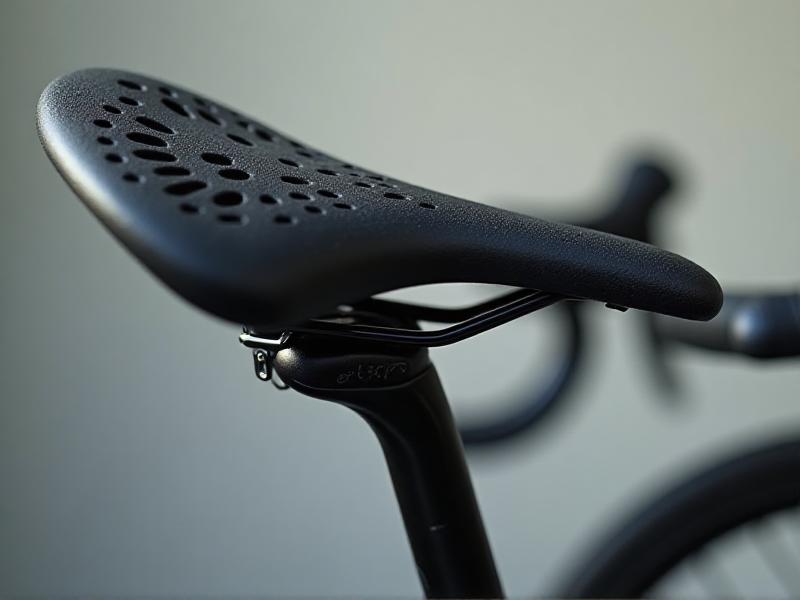
The Role of Bike Fit in Reducing Saddle Pressure
Proper bike fit is essential for minimizing saddle pressure and ensuring a comfortable ride. Postpartum cyclists may need to adjust their bike setup to accommodate changes in their body. Start by ensuring the saddle height is correct—your leg should be almost fully extended at the bottom of the pedal stroke, with a slight bend in the knee. A saddle that’s too high or too low can increase pressure and strain on the pelvic area.
Next, check the saddle’s fore-aft position and tilt. A neutral or slightly downward tilt can help reduce pressure on the perineum, while a forward or backward position can affect your posture and comfort. Handlebar height and reach should also be adjusted to prevent leaning too far forward, which can exacerbate pressure points. Working with a professional bike fitter can help you fine-tune these adjustments for optimal comfort and performance.
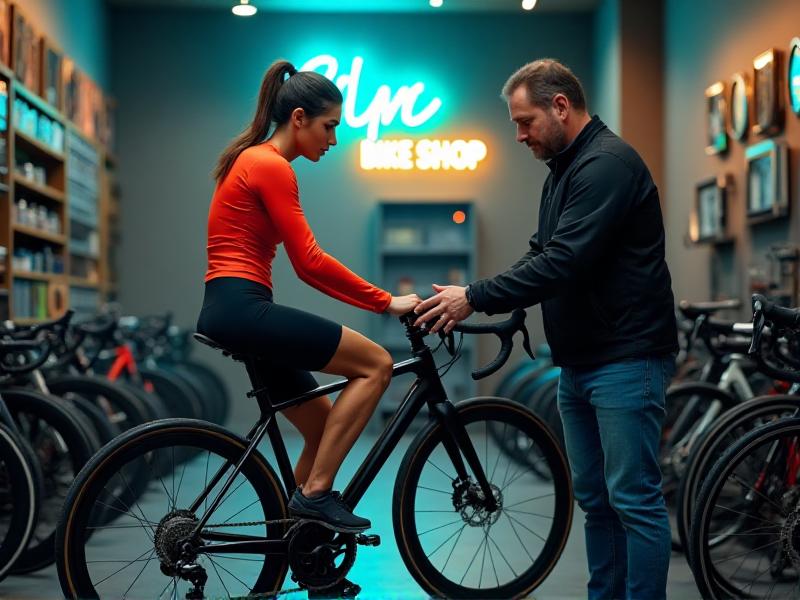
Strengthening the Pelvic Floor for Cycling
Strengthening the pelvic floor is a critical aspect of postpartum recovery and can significantly improve cycling comfort. Childbirth can weaken these muscles, leading to discomfort and increased saddle pressure. Incorporating pelvic floor exercises, such as Kegels, into your routine can help rebuild strength and support. Start with gentle contractions and gradually increase the intensity as your muscles regain their tone.
In addition to Kegels, consider exercises that target the core and glutes, as these muscles play a key role in maintaining proper posture on the bike. Yoga and Pilates are excellent options for improving flexibility, strength, and overall body awareness. Consulting with a physical therapist who specializes in postpartum recovery can provide personalized guidance and ensure you’re performing exercises correctly. A strong pelvic floor not only enhances cycling comfort but also supports overall health and well-being.
Gradual Conditioning and Building Endurance
Returning to cycling after childbirth requires patience and a gradual approach. Your body needs time to heal and rebuild strength, so it’s important to start slowly and listen to your body. Begin with short, low-intensity rides and gradually increase the duration and intensity as you feel more comfortable. Pay attention to any signs of discomfort or pain, and adjust your routine accordingly.
Cross-training activities, such as walking, swimming, or strength training, can complement your cycling and help build overall fitness. Incorporating rest days into your routine is equally important, as it allows your body to recover and adapt. Remember, the goal is to enjoy the process and celebrate small milestones along the way. With time and consistency, you’ll regain your cycling endurance and confidence.
Supportive Gear and Accessories for Postpartum Cyclists
Investing in supportive gear and accessories can make postpartum cycling more comfortable and enjoyable. Padded cycling shorts with a chamois can provide extra cushioning and reduce friction, while moisture-wicking fabrics help keep you dry and comfortable. A supportive sports bra is essential for protecting breast tissue and ensuring comfort during rides.
Other helpful accessories include gloves with gel padding to reduce hand pressure, ergonomic grips for added comfort, and a bike mirror for increased safety. If you’re cycling with your baby, consider a high-quality bike trailer or child seat that meets safety standards. These accessories not only enhance your cycling experience but also provide peace of mind as you navigate the postpartum journey.
Mental Health and the Joy of Postpartum Cycling
Cycling can be a powerful tool for improving mental health and overall well-being during the postpartum period. The physical activity releases endorphins, which can help alleviate stress, anxiety, and feelings of overwhelm. Additionally, cycling provides an opportunity to connect with nature, clear your mind, and enjoy moments of solitude or companionship with fellow cyclists.
It’s important to approach postpartum cycling with a mindset of self-compassion and patience. Celebrate your progress, no matter how small, and allow yourself the grace to take breaks when needed. Joining a cycling group or community can provide support, encouragement, and a sense of belonging. Remember, cycling is not just about physical fitness—it’s also a way to nurture your mental and emotional health during this transformative time.

